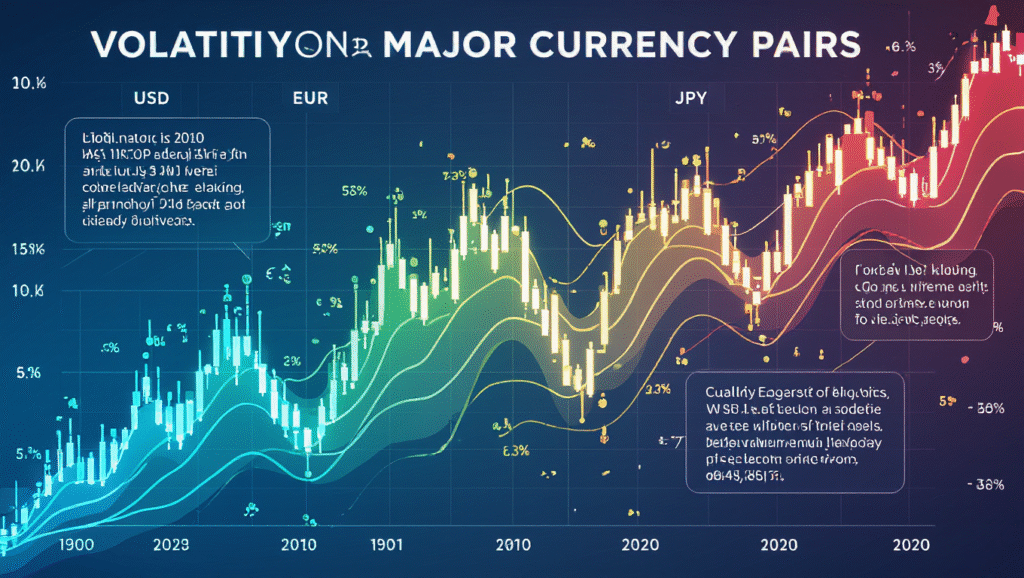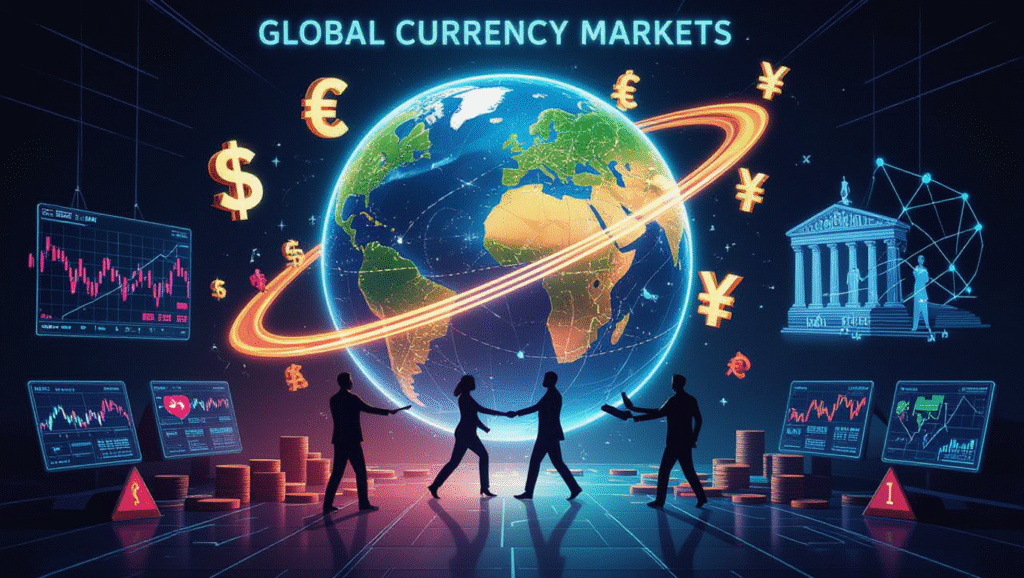Introduction
If there’s one thing that keeps the currency markets On their toes, it’s a shake-up in international trade policies that affects the forex market significantly, prompting traders to start trading more cautiously. Few events in recent history exemplify this more than the The US-China Trade War has had profound implications for the forex market and global trade, affecting how traders buy and sell currencies. and other tariff moves implemented during President Trump’s tenure, affecting the spread in forex trading. These tariffs have not only put global commerce is heavily influenced by the fluctuations in currency prices in the forex market. under pressure but also unleashed a whirlwind of foreign exchange volatility. Currency fluctuations have become a significant concern for those navigating the forex market amid these trade tensions, affecting currency prices. that have challenged traders, businesses, and entire economies in the financial market. As forex traders, understanding these dynamics isn’t just useful—it’s crucial for developing effective trading strategies. Today, we’ll explore how Trump’s trade policies, including tariffs on India, have altered the landscape of the forex market. currency markets, and what strategies are being employed by forex brokers to navigate the market conditions in this stormy sea.
Overview of Trump’s Tariffs
During his presidency, Donald Trump initiated a series of tariffs aimed at reducing trade deficits and protecting American businesses from what he described as unfair trading practices, not just with China but also with other significant trading partners like India. In 2019, the Trump administration levied a 25% tariff on certain Indian goods, impacting the foreign exchange rates. This move was part of a broader strategy to renegotiate terms that the administration felt were detrimental to American industries in the context of the foreign exchange market.
These Trump tariffs on India, along with those on China, were instrumental in creating a complex web of economic interactions that had widespread ramifications, rippling through the global economy and affecting currencies on multiple fronts within the trading account of many traders.
Impact on Currency Markets
Volatility in Major Currency Pairs

The US-China Trade War Additional tariffs, such as those on India, acted as catalysts for significant currency trade disruptions. currency fluctuations. Major currency pairs like the US Dollar (USD) and the Indian Rupee (INR) experienced heightened volatility, making them a focal point for speculative activity in the trading account of many brokers who facilitate trade forex.
Historically, the US dollar has served as a safe haven in times of uncertainty; however, during heightened trade tensions and new tariffs, its role became more complex. The introduction of tariffs on Indian goods contributed to a less predictable USD/INR exchange rate, further complicating strategy formulation for traders in the currency trade.
Effects on Emerging Markets
While major currency pairs certainly felt the impact, emerging market currencies like the Indian Rupee experienced a tumultuous ride influenced by Trump’s trade maneuvers in the forex market, leading many to consult their forex broker for guidance. India, being targeted alongside China, saw its currency affected by anticipatory market movements and actual economic shifts. The capital flow and investor confidence witnessed fluctuations as traders responded to these tariff impositions.
The currency markets impact trading volume significantly. on India’s financial landscape signaled to traders that there were significant opportunities and risks in this landscape, much like those seen in other emerging markets embroiled in the trade tensions.
Economic Implications
Business and Investor Response
Given the currency markets impact and broader economic implications, businesses and investors have had to recalibrate their strategies. For companies involved in international trade, especially those affected by the US tariffs on India, minimizing currency fluctuation risks has become a critical concern. Many are adopting hedging strategies, using financial instruments like options and futures to lock in favorable exchange rates and protect their bottom lines from adverse currency movements.
Investors, meanwhile, have been diversifying their portfolios more aggressively in the context of trading volume in the foreign exchange market. By allocating assets across a broader range of global economies are increasingly interconnected through the foreign exchange market.In response, they aim to buffer against volatility emanating from any one region in the forex market. Businesses are also rethinking supply chains, seeking to reduce dependency on any single market. These strategies demonstrate a short-to-medium term response to what may be persistent uncertainty in the financial stability of global trade.
Policy Options Moving Forward

The future of currency markets, amid ongoing trade tensions and specific tariffs like those on India, remains uncertain for those who trade currencies. However, several conceivable scenarios could unfold. If the US-China Trade War and other tariffs continue to escalate, we might expect continued volatility and potential central bank interventions aimed at currency stabilization.
Policy reconciliation might come from future administrations or diplomatic negotiations, leading to the de-escalation of tariff impositions and paving the way for more predictable trade relations, which could restore some semblance of stability to the currency markets.
Alternatively, a new equilibrium might emerge where the global economy realigns itself with multi-polar trade agreements, reducing bilateral dependencies that aggravate trade disputes. Such developments could also spur innovations in cross-border transactions, further transforming the forex landscape and trading strategies in the financial market 24 hours a day.
As traders in this dynamic environment facilitated by platforms like Giraffe Markets, staying abreast of these shifts is essential. By understanding the impact of Trump’s trade policies on global currency stability and crafting responsive strategies to mitigate risk, one navigates not just today’s challenges but sets the course for successful trading in the future.
In conclusion, while the trading volume in the forex market remains volatile. Trump tariffs on countries like India have thrown a spanner in the works of business as usual, they also present unique opportunities for those ready to adapt. The key is education, vigilance, and strategic thinking—traits that Giraffe Markets values as much as you do in this tumultuous yet exciting journey of forex trading on their trading platform.
